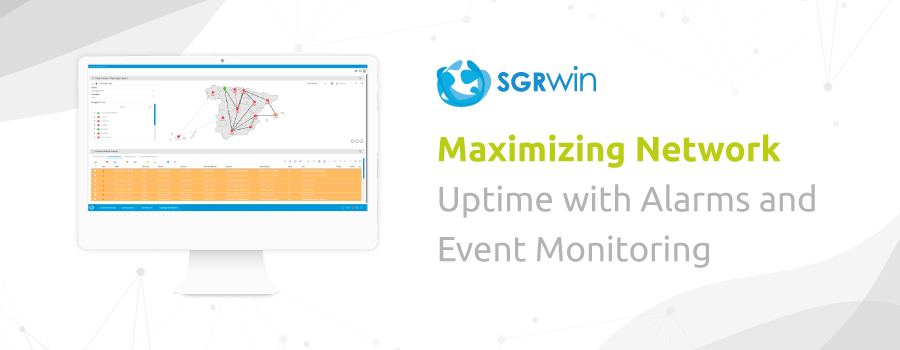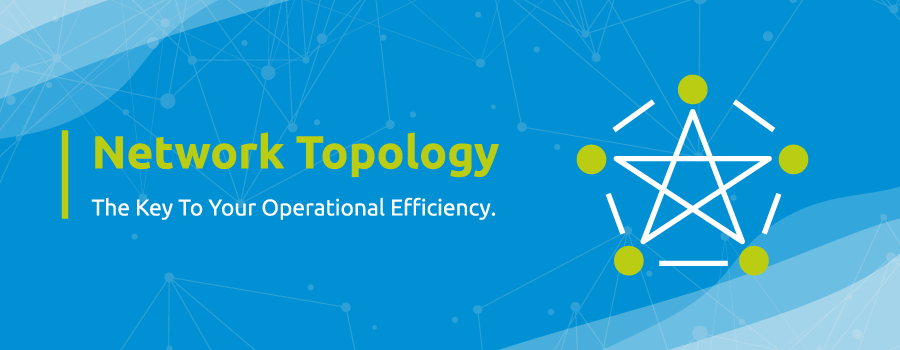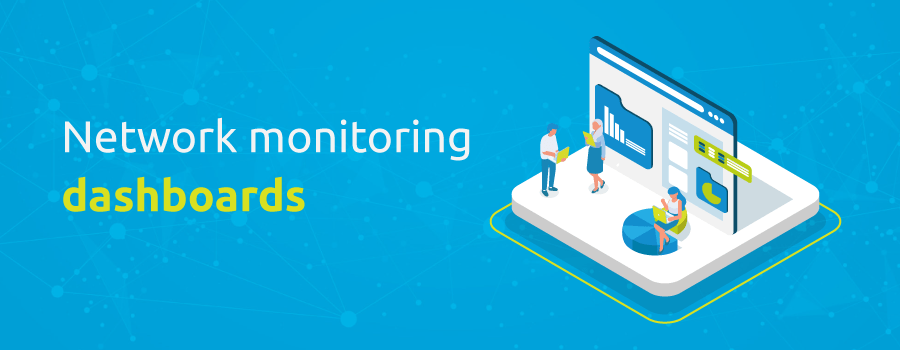Keeping network connectivity and services running at optimal levels are essential tasks in network management. Therefore, fault management is of paramount importance in order to:
- Accelerate fault detection.
- Guarantee network availability.
- Minimise downtimes.
- Improve network performance.
Go Further with our Network Management System
Our multi-vendor/multi-technology NMS provides a consolidated view of the complete network in one system, making it easier to trace the root cause of the fault instead of only having a partial view provided by the vendor´s specific NMS.
SGRwin enables you to identify problems, isolate and troubleshoot them, in the fastest and easiest way.
Our solution is designed to provide efficient network fault management allowing you to locate, control and correct network faults.
Have access to the most efficient fault management solution and maximise your productivity.
Fault Management Key Features
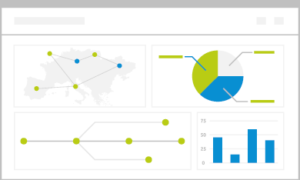
Dashboards

Alarm Viewer

Event History
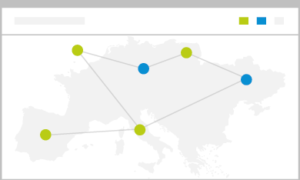
Maps

Device Viewer

Affected circuits

SBI and NBI

Server Monitoring

BI Reports
Why our NMS (instead of traditional fault management tools)?

All-in-one solution with advanced fault management capabilities for your multi-vendor network.

Events and alarms notification. Our NMS communicates network issues and their severity to network operators.

Better troubleshooting and fast incident response. The system monitors alarms and events, so network operators can detect any issues faster within the network.

Easy to identify root cause due to accurate event processing and categorisation.

Comprehensive view of your network assets, their status and performance.

Preventing costly service outages and downtime threats. SGRwin shows you links and services affected by an alarm.

Cost efficiency and quick payback. Our NMS has your budget in mind, providing you advanced features at a very competitive cost.
